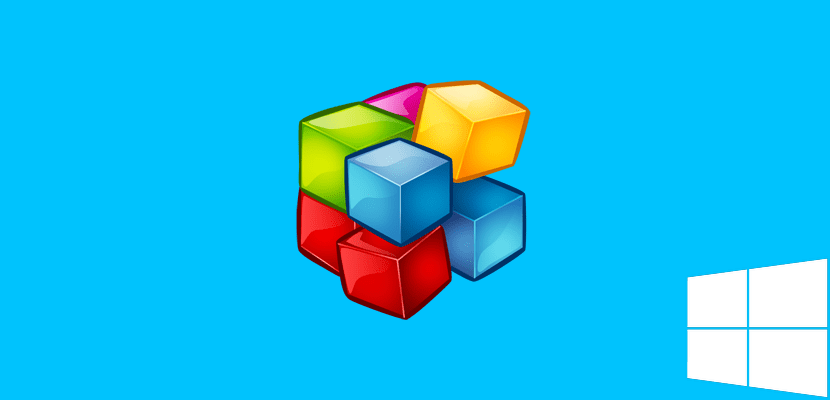
Defragmenting the hard drive helps to improve the performance of the hard drive and the other dependent components, such as the rest of the hardware and of course the hardware. With a correct defragmentation we can get the operating system to run more lightly, especially when we talk about HDD and not solid disks like SSDs. It is important to do it from time to time to maintain the health of our hard drive to the maximum. Today we are going to teach you how to defragment the hard drive in Windows 10 in the easiest way, give a new breath of fresh air to your Windows 10 PC by defragmenting the hard drive.
Windows includes in each edition a disk defragmenter that will make the task much easier, so we can take advantage of it, since as it is not too specific software, this one that comes standard will be worth it. These are the guidelines to follow, and that will allow us to access our files and programs more quickly:
- Enter the Control Panel from the Start menu or using Cortana.
- Scroll down to «Security system»Within the Control Panel.
- We will find the option of «Management tools«, We click.
- Among the available tools, «Defragment and optimize drives«, This is the one we are looking for.
- When you open it with a double left click, it will begin to run.
- We will click on «Analyze» to later click on «Optimize»
Both the analysis and optimization options can take a long time, and we can stop it by pressing the button «Stop», but it is recommended that we do the defragmentation when we do not plan to use the device for a long time, so you can defragment and optimize the hard drive in the best way, with the benefits that this brings to the product. We hope this tutorial has helped you and has improved the performance of your computer easily and quickly.
Thanks Miguel !!! SPECTACULAR!!! my computer was slower than a pachyderm! and now thanks to your indications it is a missile !!!.
NEVER DIE !!!!!!!!!!.